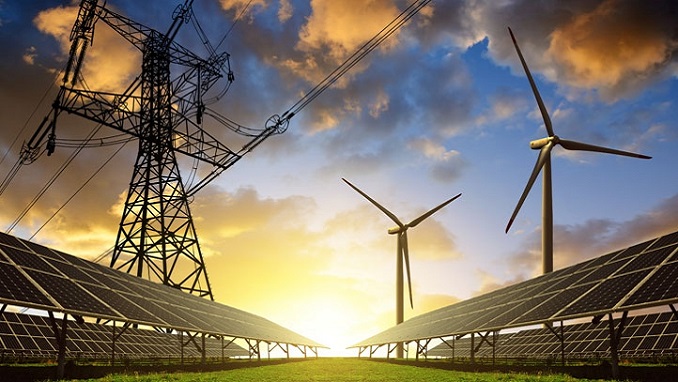The European Commission has announced an additional 210 billion euros, which will be made available to investors investing in renewable energy sources. These funds will have to be used by 2027 to provide as many renewable sources as possible, which will reduce the European Union’s (EU) energy dependence on Russia. This is part of the REpowerEU program, which aims to accelerate the energy transition and implement the goals of the EU Green Agreement. REpowerEU was an additional effort to accelerate this process but at the same time a political response of the Union to Russia, from where it supplies gas and oil.
The European Commission’s new framework for implementing the energy transition was announced last month. The fresh capital that will be provided earmarked for capacity building in renewable energy sources is an advance investment in the EU’s energy independence, the statement said. And this is indeed the case because it is the Union that has been hit hard by the war in Ukraine and rising energy prices. Now that the Union is facing a new challenge, to provide energy from other sources, it is more than necessary to use its own potential first. Oil and gas fields are not everywhere, but sun, wind, and geothermal energy are and should be used. Although there are many geopolitical components in this plan, which may shed too much optimistic light on the energy transition that will be neither simple nor cheap, still the plan offers new opportunities and alternatives for investors, innovators, financial institutions, and of course last but not least for citizens of the Union.
Energy transition is a process that will inevitably take place and will change the way of life, the attitude towards the environment, and doing business. For investors, this announcement by the Commission is good news due to the fact that it shows a clear political will to support the process both financially and administratively. There are risks, but also many opportunities.
However, what is most important is the announcement of the financial resources that will be made available through various financial instruments. In addition to the announced 210 billion euros, additional funds will be provided for this purpose through funds. The investment process in renewable energy sources, this year and in the next period will be a sector in which a lot of fresh capital will flow. The announcements from the EC for additional funds that will be available through the various mechanisms of the Commission is a signal for the banks, which will want to invest their money in this process.
Additionally, the good news is the announcement of the shortening of administrative procedures. In that direction, it is planned to shorten the time for obtaining permits, although changes are really needed on this day. Building new facilities for new renewable energy sources is a process that offers opportunities for investors. The big “players” will take up space, but this sector also offers opportunities for smaller companies and investors.
Raising targets needs to be met, although there may be a lot of politics in them. The European Commission demands that by 2030 not 40 but 45% of energy will be from renewable sources. It is also planned to double the solar photovoltaic capacities or 600 GW by 2030. It is planned to double the rate of deployment of heat pumps and integration of geothermal and solar thermal energy and modernization of central heating systems. The plan for green hydrogen is particularly ambitious. It is planned to increase domestic production to 10 million tons by 2030 as a substitute for natural gas, coal, and oil.

